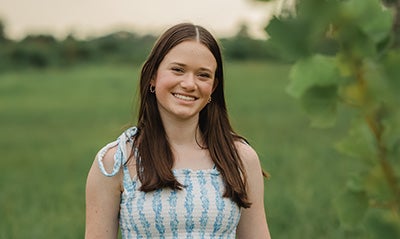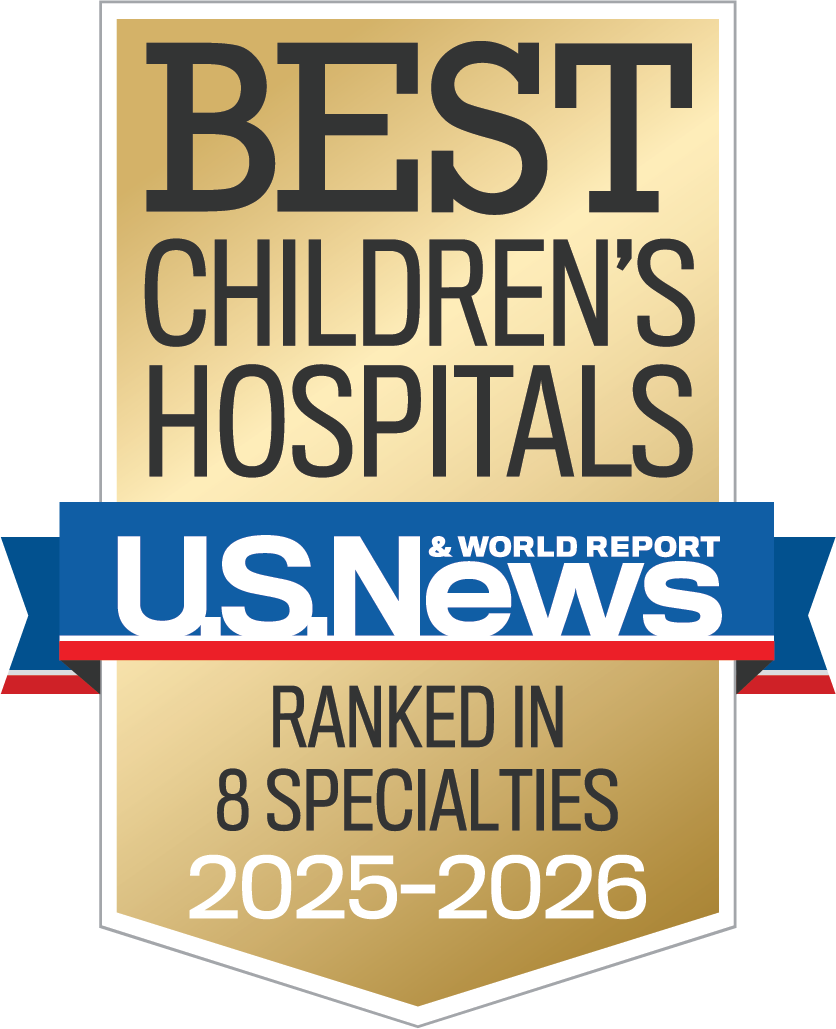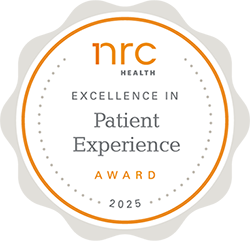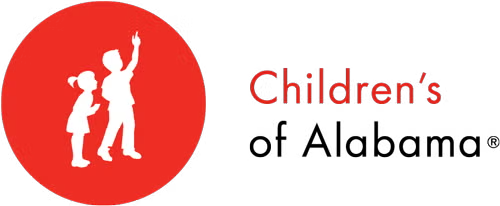Spina Bifida
Katelynn Horne and her twin sister, Emmalynn, made an unexpected entrance into the world. Born 10 weeks early, and then spent their first two months fighting for life in the neonatal intensive care. At first, the focus was on Emmalynn, who was in a more critical condition. But what the family didn’t know was a hidden diagnosis that would shape Katelynn’s journey.
While in the NICU, doctors noticed something unusual on Katelynn’s spine. That’s when the term spina bifida entered the family’s vocabulary. She was immediately referred to Children’s of Alabama and Dr. Jeffrey Blount, who officially diagnosed Katelynn with lipomyelomeningocele, a neural tube defect that includes tethered cord and falls into the “spina bifida” classification. Without surgery, she risked further neurologic damage. “We went ahead with the surgery, and they discovered that her issue was more complex than they originally thought,” explains her mother, Heather. “Her nerve roots were more involved—they infiltrated into her spine, which caused paralysis.”
The surgery was a success, but it left Katelynn with orthopedic deficits, leading to a follow-up Achilles resection to remove damaged tendon tissue. For the next few years, she seemed to be on track—until the end of first grade, when something felt off again. “We went back in for testing and they discovered her spinal cord had retethered,” Heather says.
Dr. Blount once again performed the detethering procedure, and after lots of rehab, Katelynn returned to her usual routines. But the reprieve was short-lived and lasted only a handful of years. Katelynn started to develop severe pain. Another growth spurt had caused her spinal cord to retether. “We talked with Dr. Blount about it a lot, questioning if we should put it off, but the best decision for her was to go through with the detethering surgery once again,” shares Heather.
This time, complications followed. Katelynn developed pneumonia after surgery, leaving her critically ill in the intensive care unit. “We were all scared, but our faith grew so much during that time,” Heather says. “Even the doctors were scared with us, but they never gave up on her. They took incredible care of her throughout it all.”
Though eventually released from ICU, Katelynn spent weeks recovering in the hospital, where she developed meaningful relationships with the nurses, therapists, doctors, and even the chaplain at Children’s. “Hope exuded from her room,” Heather says, “despite the fact that she had to relearn to walk.”
Katelynn eventually recovered, but her journey didn’t stop there. She ended up back in the hospital with a spinal fluid leak, which required emergency surgery and the insertion of a lumbar spinal shunt. She continues to deal with pain management and orthopedic impairments, not knowing what the future holds with the challenges of spina bifida. But through it all, her spirit has remained unshaken. She’s determined to live with hope and joy—and she’s doing it with the steadfast support of God, Dr. Blount, and the entire team at Children’s. “One of the very best things about Children’s is that they do everything they can to make sure kids with spina bifida have a successful and meaningful life,” Heather says. “They’re not overlooked at Children’s. No one wants their child to go through something like this, but you can’t ask for anything better than the team at Children’s if you have to go through it. They are all like family to us.”











